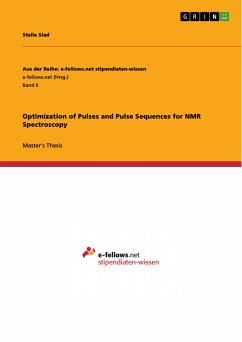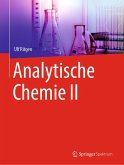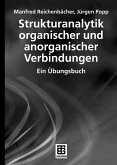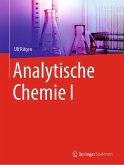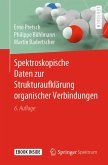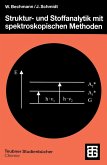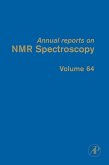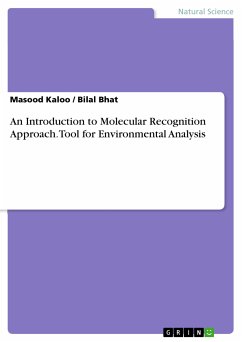Master's Thesis from the year 2019 in the subject Chemistry - Analytical Chemistry, grade: 1,0, Karlsruhe Institute of Technology (KIT), language: English, abstract: Pulse engineering plays an important role in high-resolution NMR spectroscopy because the performance of existing pulses depends on experimental parameters like bandwidth or magnetic field inhomonegeities. The GRAPE optimization algorithm can be used to find the best pulse for a given set of parameters. This method has been used to design band-selective pulses, robust broadband excitation and inversion pulses and various universal rotation pulses. The first part of this work is an extension of the systematic studies on broadband pulses. This time the GRAPE algorithm is used to design broadband 30° and 60° excitation pulses as well as universal rotation pulses with the same flip angles. Correlations between the best achievable quality factor and pulse duration have been measured for different bandwidths and degrees of rf-inhomogeneity tolerance. Minimum pulse durations for a given quality factor have been evaluated and compared to studies of 90° and 180° pulses. The obtained pulse shapes are similar to previously published point-to-point and universal rotation pulses optimized with this method. The second part of this work is concerned with the design of ultra-broadband 19F-CMPG and 19F-PROJECT pulse sequences that could be used for ligand-based binding studies. The best CPMG sequence was a combination of a BURBOP-90 pulse with a BURBOP-180 pulse. For PROJECT, the best results were achieved using the same 90° pulse and a pair of BIBOP pulses instead of a universal rotation pulse. Simulations showed that the PROJECT sequence performs significantly better than the CPMG sequence in the presence of fluorine-fluorine couplings.
Dieser Download kann aus rechtlichen Gründen nur mit Rechnungsadresse in A, B, BG, CY, CZ, D, DK, EW, E, FIN, F, GR, HR, H, IRL, I, LT, L, LR, M, NL, PL, P, R, S, SLO, SK ausgeliefert werden.

